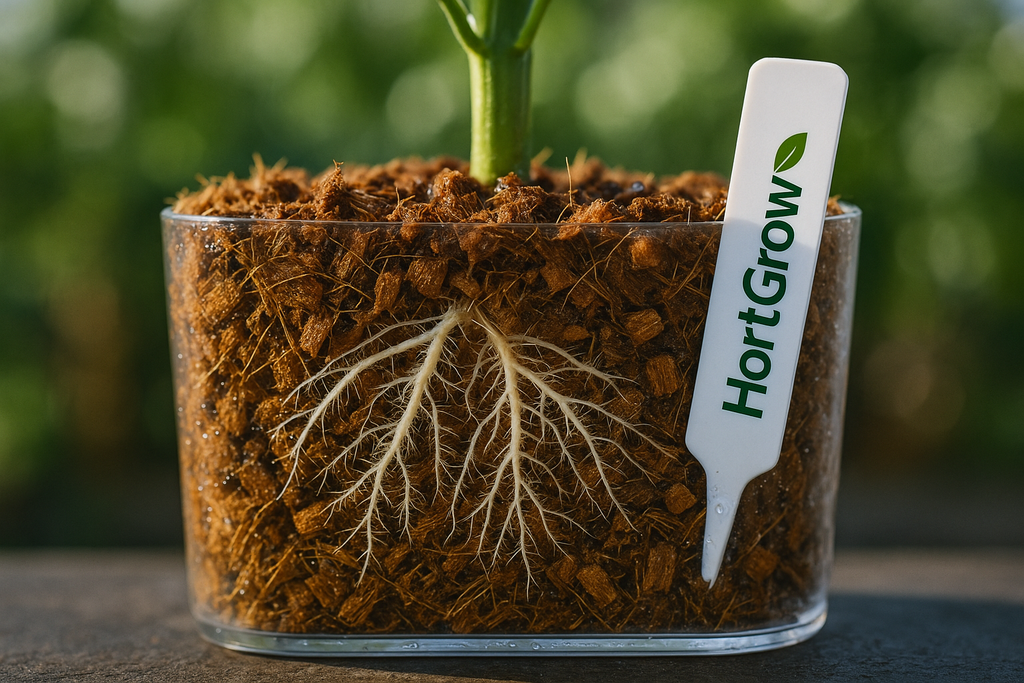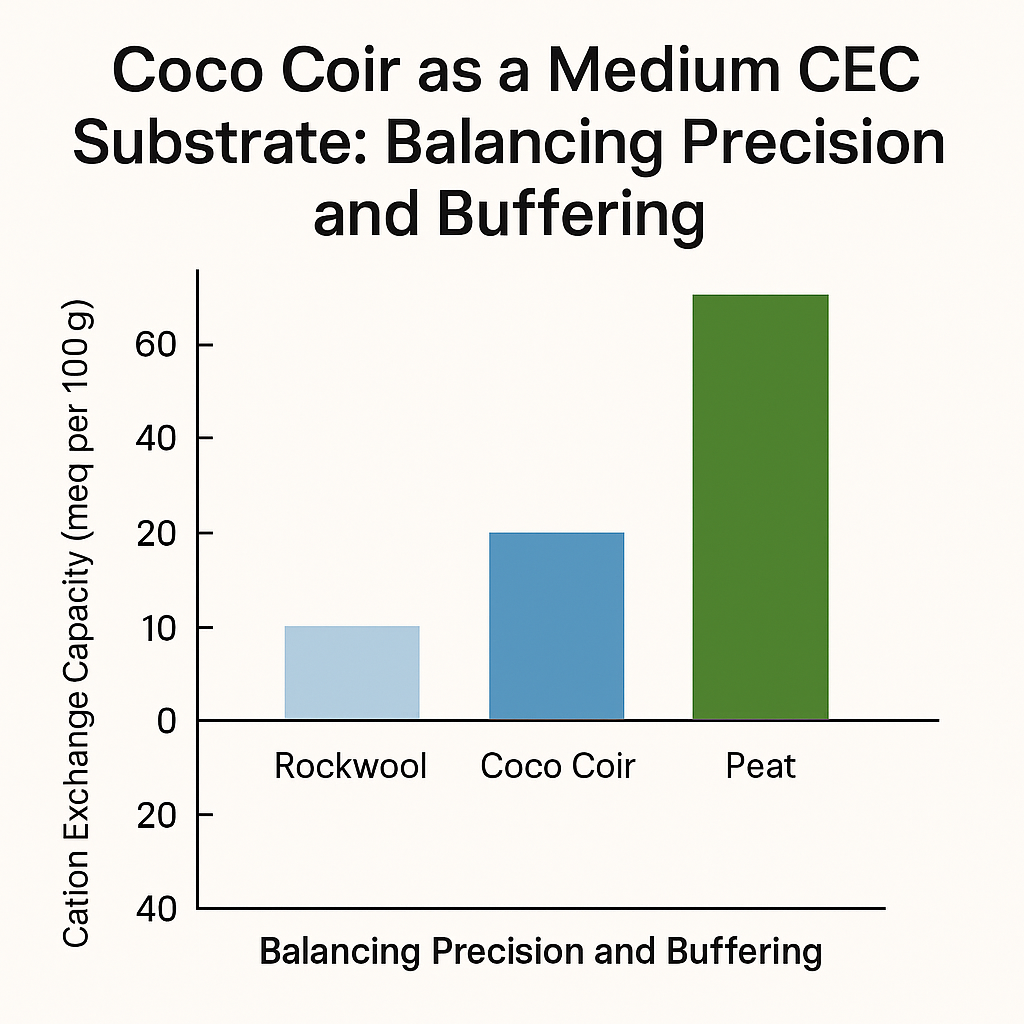Is Coco Coir really Anti-fungal?

In recent years, a belief has emerged within the organic soil community that coco coir possesses anti-fungal properties, purportedly inhibiting probiotic fungi and microorganisms in living soil mixes. While some fungi-inhibiting properties can be found in fresh coconuts, the myth that coco coir itself is antifungal has been thoroughly debunked—not only by experts in the growing community but also by mushroom cultivators who utilize it extensively.

Pictured: Medicinal mushrooms growing in HortGrow coco coir
Coco coir is derived from the fibrous husk of mature coconuts and is often celebrated for its versatility as a growing substrate. However, it’s crucial to understand that the antifungal properties commonly associated with coconuts are primarily found in the oil, particularly in compounds like caprylic acid and medium-chain triglycerides (MCTs). These compounds have shown antifungal effects against various pathogens, but they do not exist in significant amounts in coco coir.
Contrary to the myth, coco coir actually supports the growth of beneficial fungi. Many plant growers and mushroom cultivators appreciate how well coco coir accommodates mycorrhizae. These beneficial fungi form symbiotic relationships with plant roots, enhancing nutrient uptake, especially phosphorus. The loose texture of coco coir provides an ideal habitat for these fungi, promoting healthier plant growth.

Pictured: Medicinal mushrooms growing in HortGrow coco coir
It’s important to note that mushroom growers must sterilize any substrate, including coco coir, before use to eliminate potential contaminants. This step ensures a clean environment for the growth of desired fungi while preventing competition from unwanted microorganisms.
Another significant characteristic of coco coir is its slow degradation rate. This slow breakdown allows it to maintain its structure over time, which is essential for good aeration. Proper aeration promotes a thriving community of aerobic microorganisms, crucial for nutrient cycling and overall plant vitality. However, it’s important to note that this lack of anaerobic degradation should not be mistaken for antifungal properties. A well-oxygenated medium is vital for preventing compacted conditions that can lead to root rot and other issues.
In conclusion, while coco coir may not have antifungal properties, it plays a significant role in supporting beneficial fungi and maintaining a healthy growing environment. By providing excellent aeration and accommodating mycorrhizae, coco coir proves itself as a valuable substrate for both plant and mushroom growers alike. Understanding these facts can help dispel myths and promote more effective use of coco coir in various cultivation practices.





